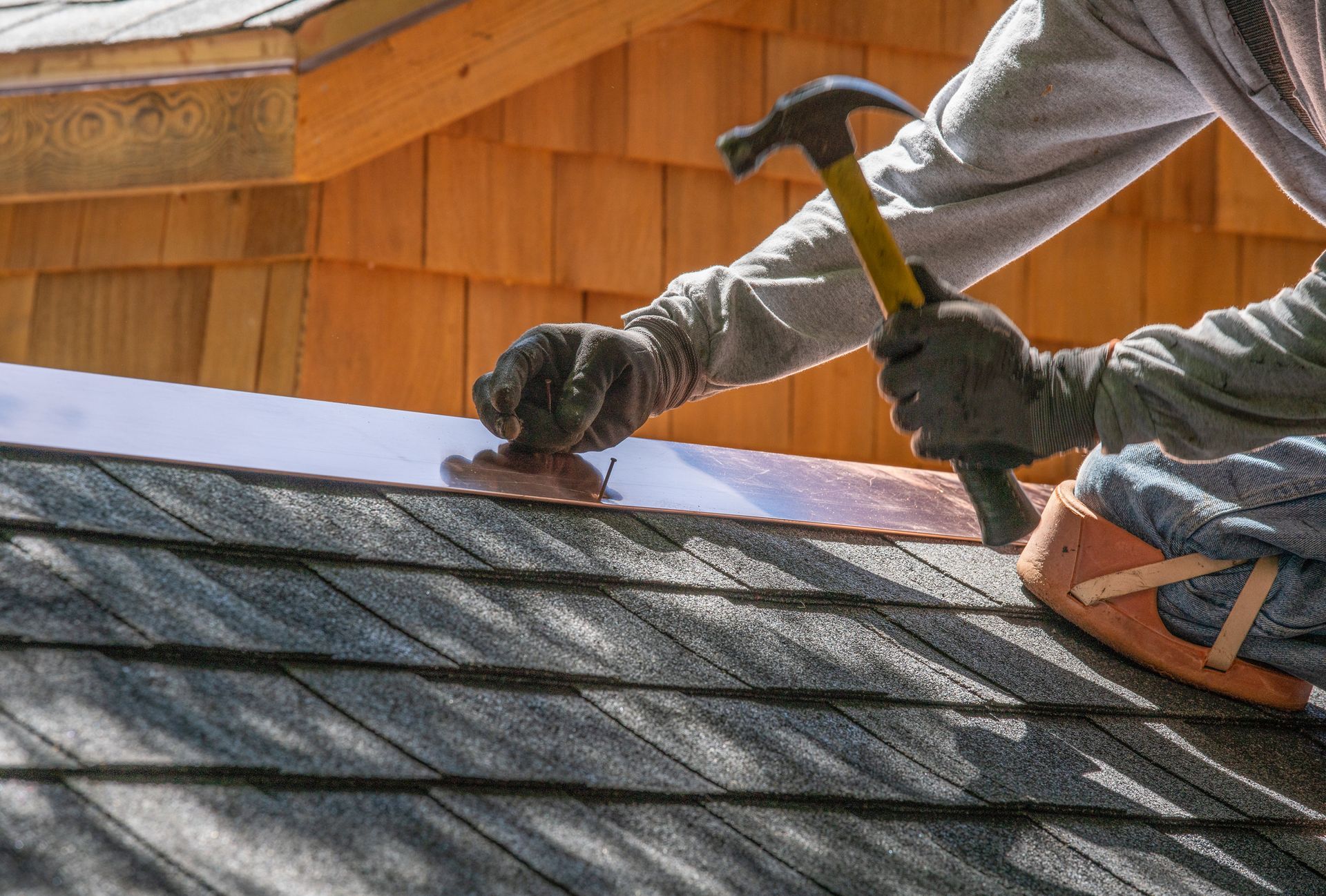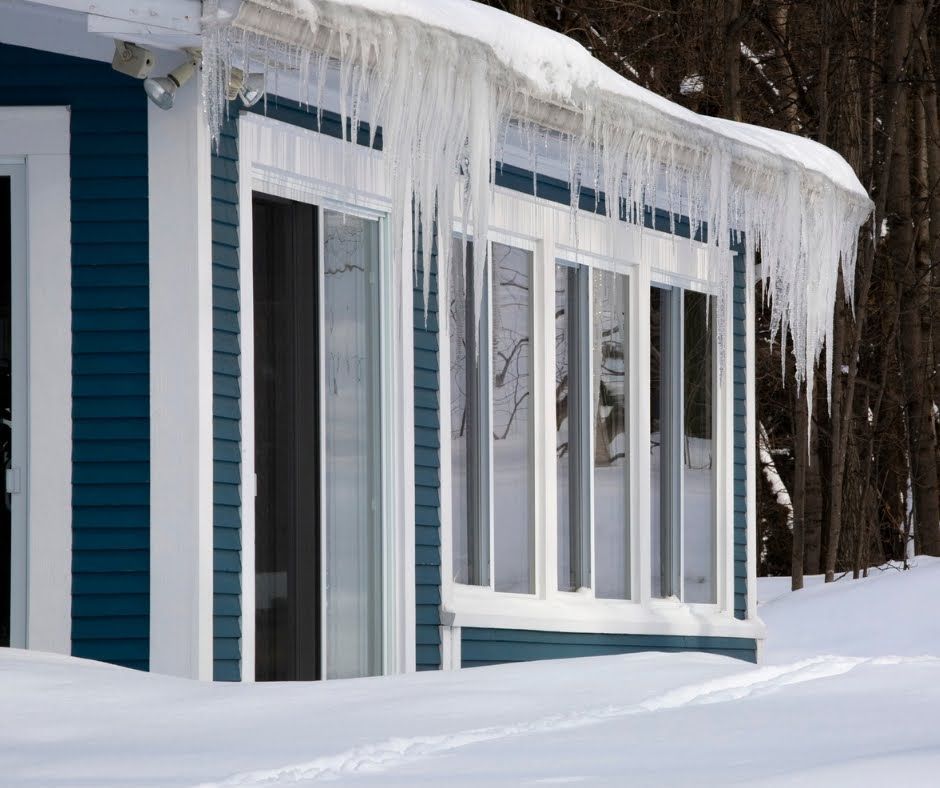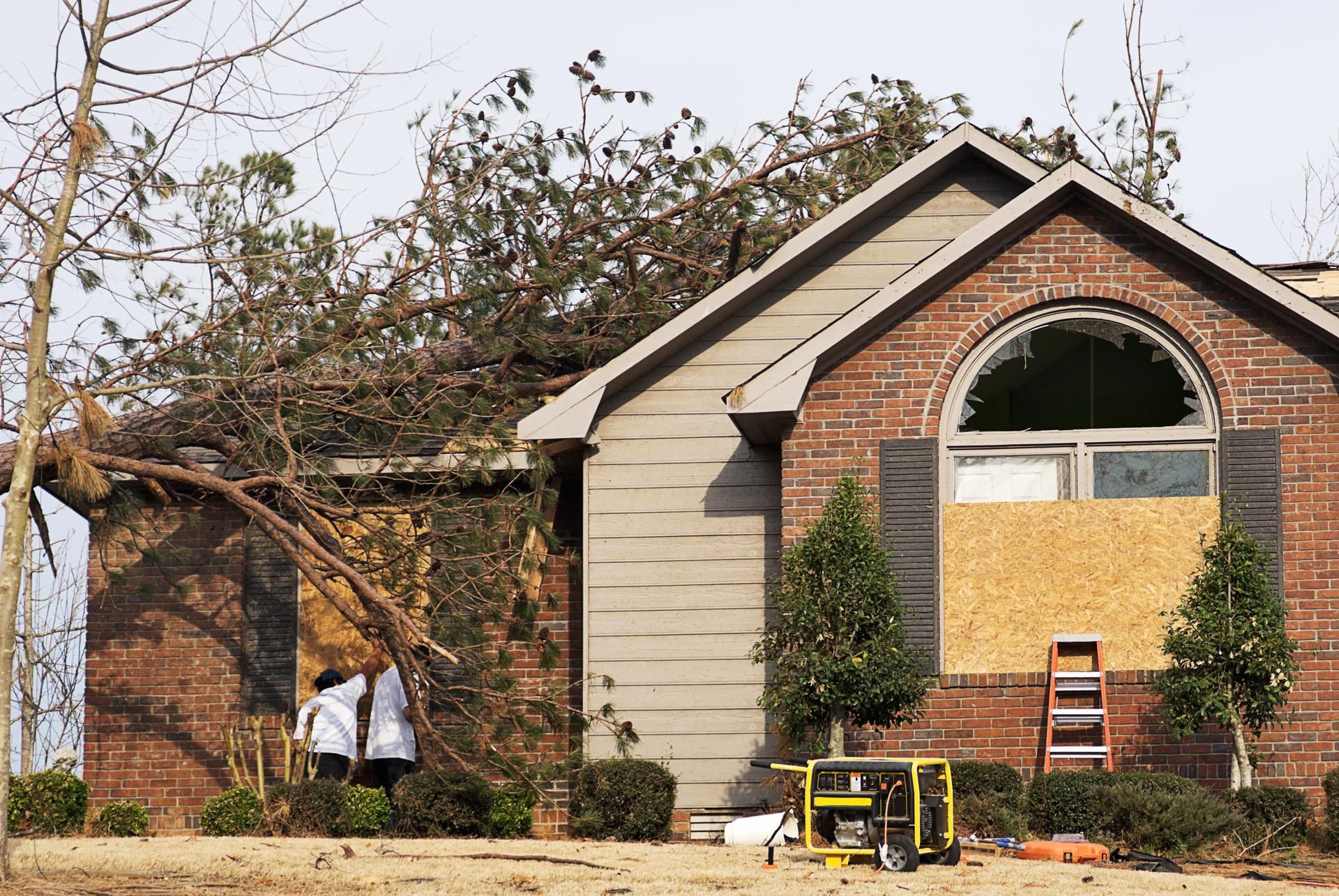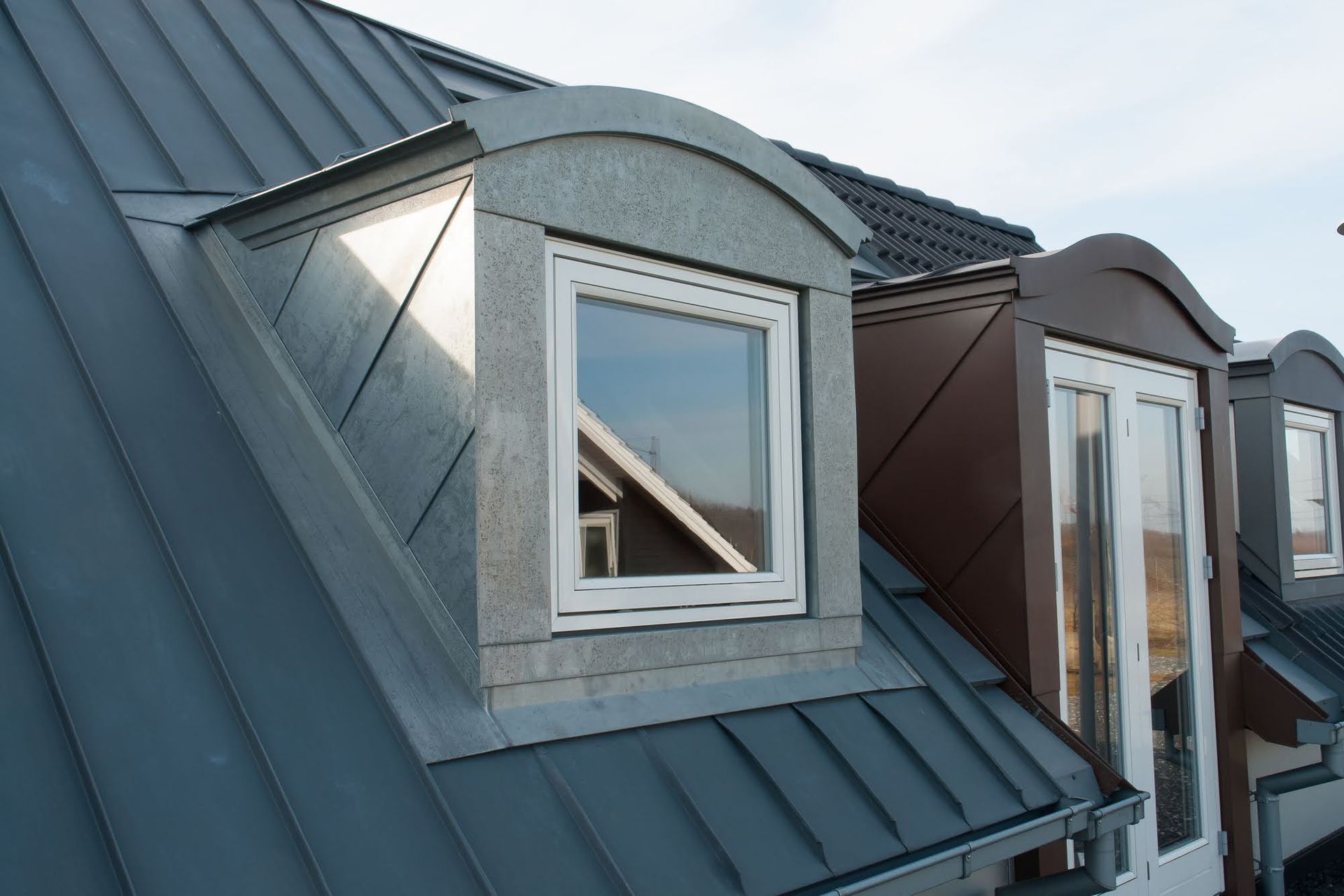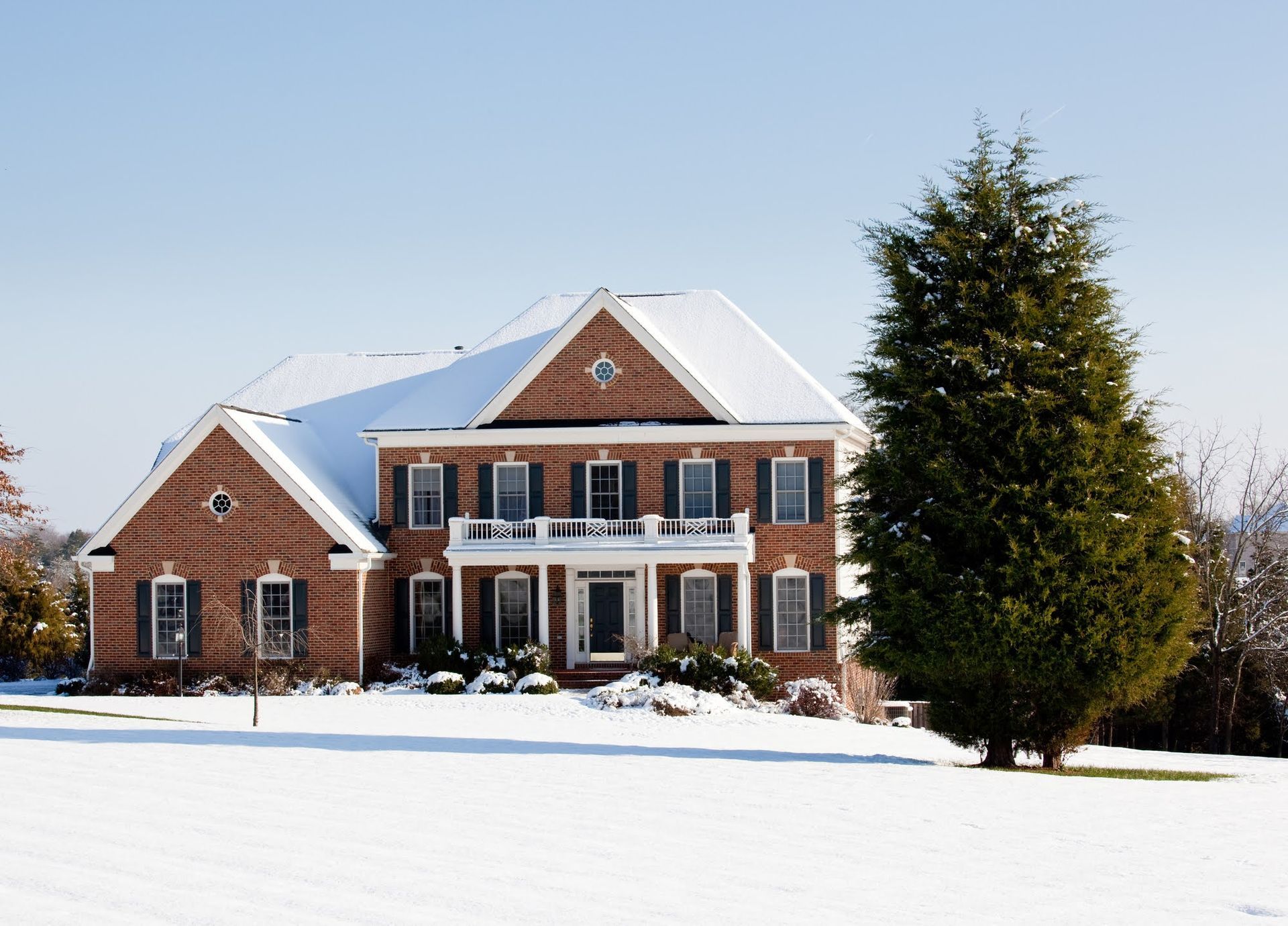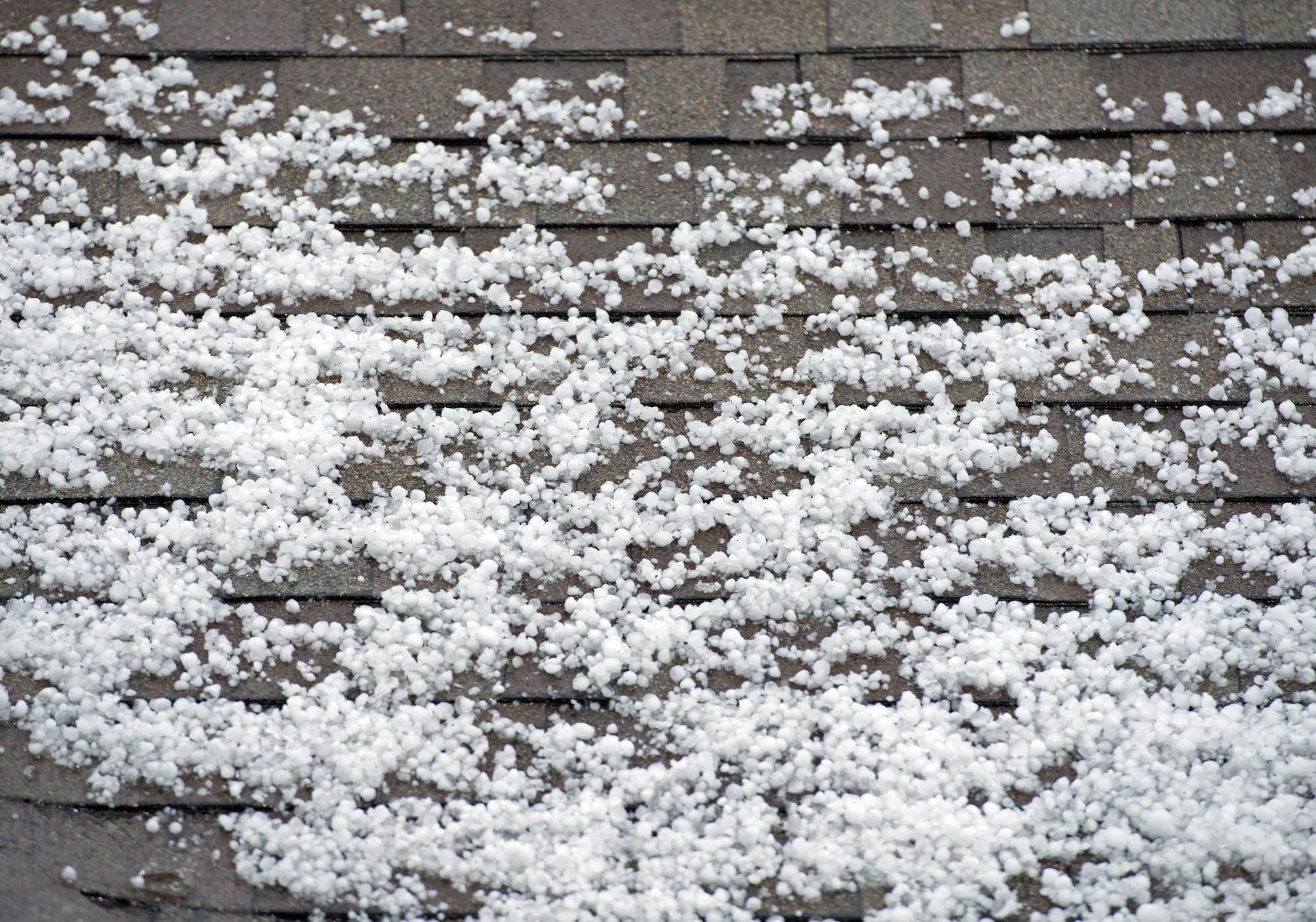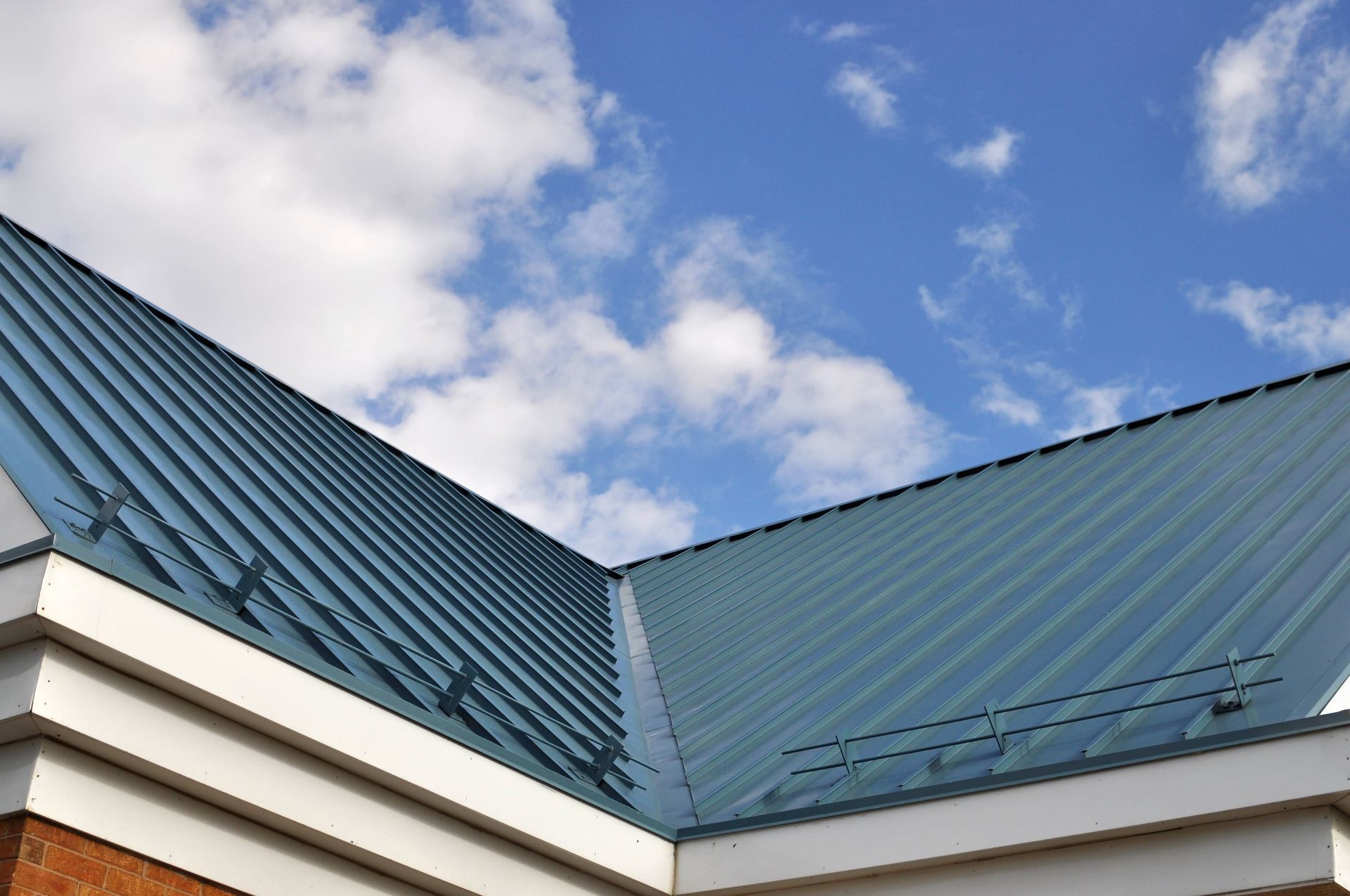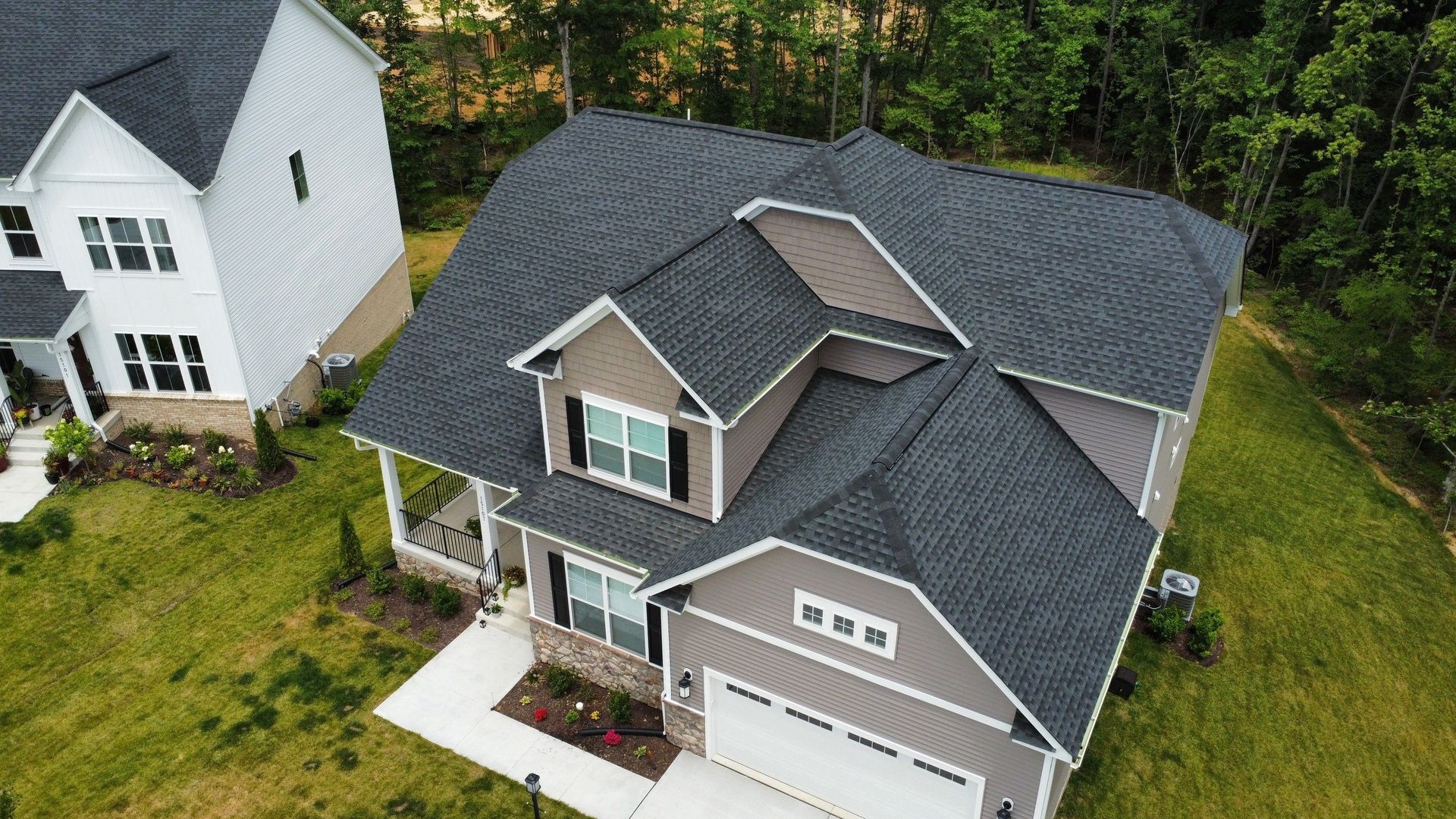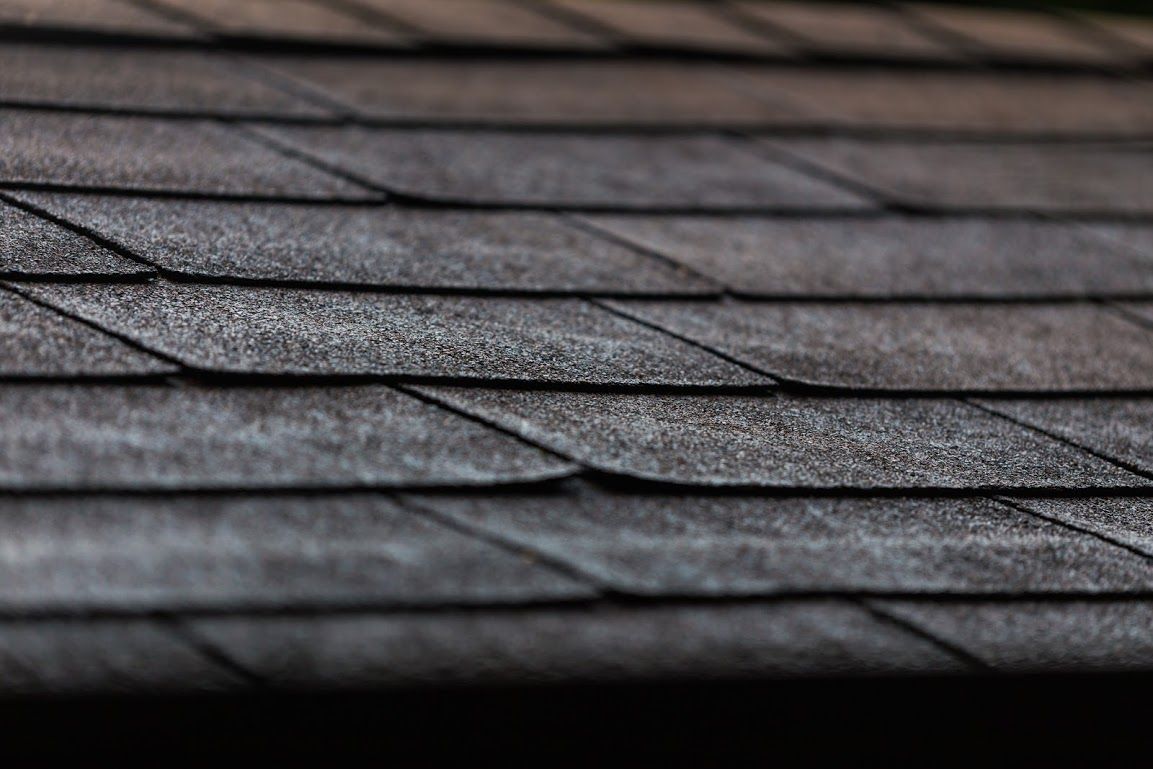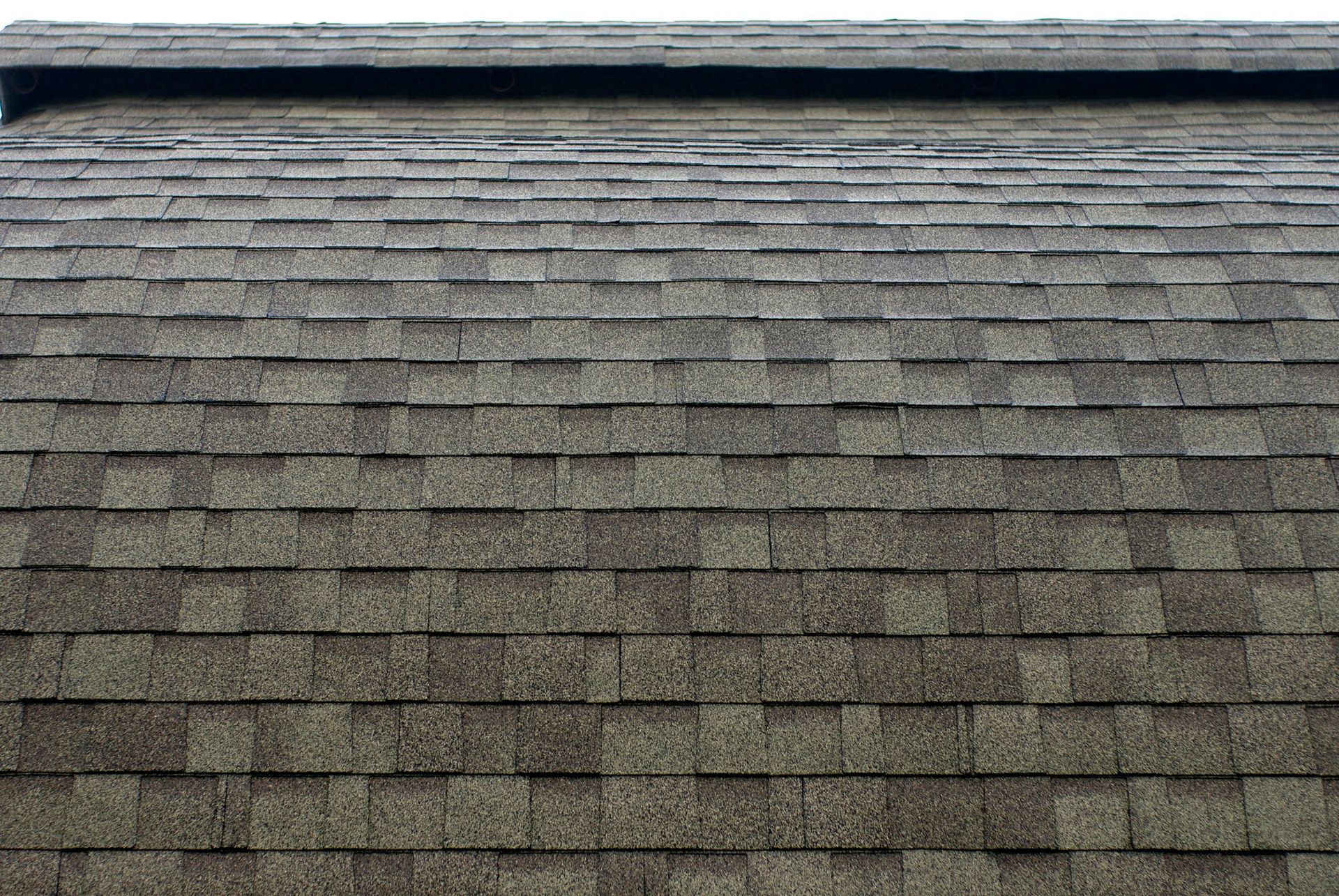The Weight of Winter: How Snow and Ice Impact Your Roof
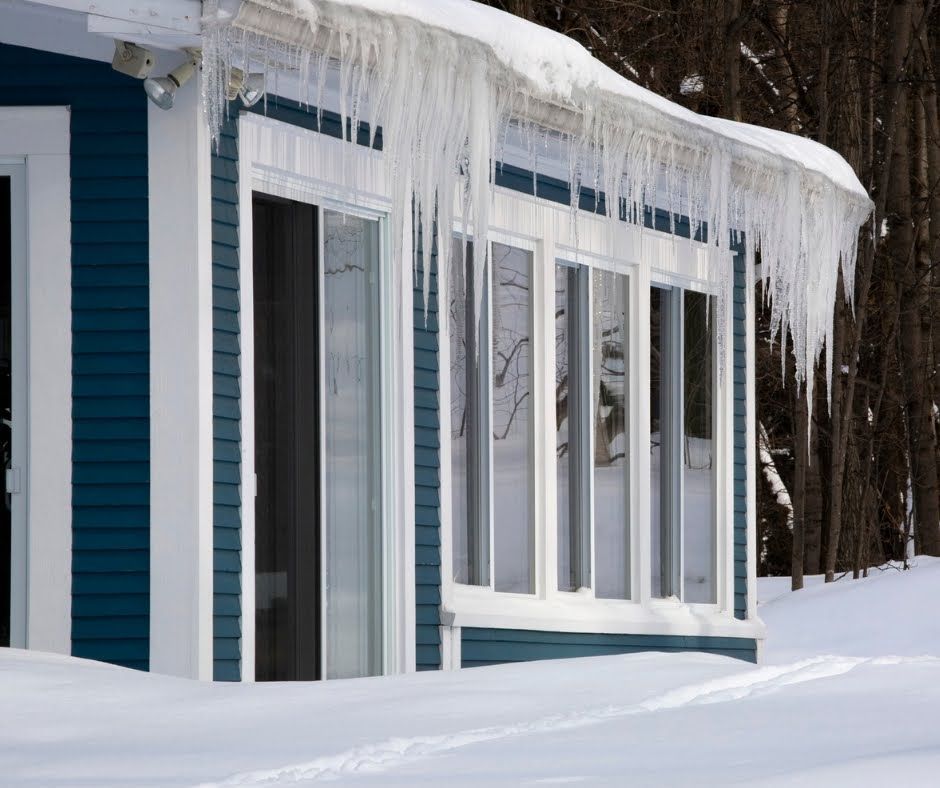
Winter is a time for cozy fires, hot cocoa, and snowball fights. But while many of us enjoy the beauty of a snowy landscape, our roofs are silently bearing the weight of winter's chill. Snow and ice can have significant effects on our rooftops, and understanding these impacts can help homeowners prepare and protect their homes.
The Heavy Burden of Snow and Ice
Snow might seem light and fluffy when you're playing in it, but when it accumulates on your roof, it can get surprisingly heavy. Wet snow is even weightier than the freshly fallen, powdery kind. When this weight builds up, it puts stress on your roof.
Roofs are designed to handle a fair amount of weight, but there's a limit. Especially if snow accumulates over time without melting away, it can push a roof to its breaking point. In extreme cases, this can even lead to a roof collapse. Moreover, as the snow compacts on your roof, it can turn into ice, adding even more weight and strain.
The Problem With Ice Dams
Another major concern for roofs in the winter is the formation of ice dams. These happen when the heat from your house melts the snow on your roof. The melted snow then runs down your roof and refreezes when it reaches the colder eaves, forming a ridge of ice.
With this ice barrier in place, more melted snow can get trapped behind it. This water can then seep under your shingles, potentially causing leaks, mold, and damage to your home's interior. Ice dams can also weigh down your gutters, possibly tearing them off or causing damage.
The Way to Prevent Snow and Ice Damage
Protecting your roof from snow and ice damage is crucial. Here are some measures to consider:
- Regular Roof Checks: Before winter hits, get your roof inspected for any existing damage or vulnerabilities.
- Clear Off Snow: Using a roof rake, you can clear off accumulated snow, especially after heavy snowfalls.
- Proper Insulation: A well-insulated attic can prevent heat from escaping and melting snow unevenly, reducing the risk of ice dams.
By taking these proactive steps, you can prevent many of the most common winter roofing issues.
The Role of Ventilation
A well-ventilated roof is crucial in all seasons, but its importance becomes particularly evident in winter. Proper ventilation ensures that the warm air from your house can circulate effectively in the attic, preventing drastic temperature differences on either side of your roof.
When there's poor ventilation, the warm air gets trapped, melting the snow on the roof, which can then lead to ice dams or other moisture-related problems. A properly ventilated roof ensures an even temperature, reducing the chances of snow melting and refreezing. It's a behind-the-scenes hero in the fight against winter's challenges, and regular checks to ensure vents aren't blocked can save a lot of headaches in the colder months.
The Importance of Professional Inspection
While there's a lot homeowners can do to protect their roofs, sometimes the effects of winter are unavoidable. After particularly harsh winters or significant snow and ice events, it's a good idea to have your roof professionally inspected. A roofing expert can spot signs of damage that might not be visible to the untrained eye. They can also advise on repairs or other necessary actions to ensure the longevity of your roof.
Winter brings its own set of challenges for homeowners. By understanding the impacts of snow and ice on your roof and taking preventive measures, you can enjoy the beauty of winter without the worry. Looking for an expert's touch? Contact CB Chandler Roofing today for a comprehensive roof inspection, and let's ensure your roof is winter-ready!


